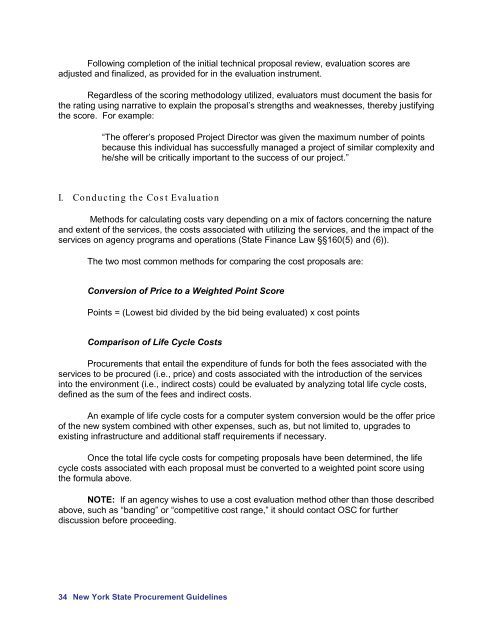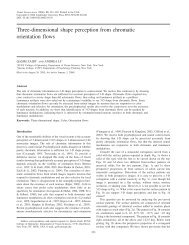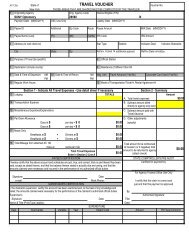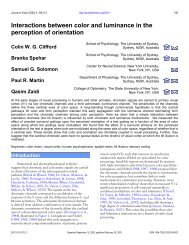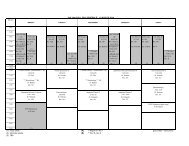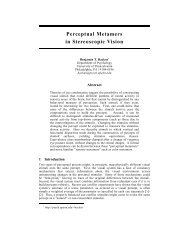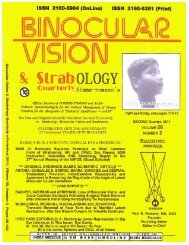Procurement Guidelines - New York State Office of General Services
Procurement Guidelines - New York State Office of General Services
Procurement Guidelines - New York State Office of General Services
You also want an ePaper? Increase the reach of your titles
YUMPU automatically turns print PDFs into web optimized ePapers that Google loves.
Following completion <strong>of</strong> the initial technical proposal review, evaluation scores areadjusted and finalized, as provided for in the evaluation instrument.Regardless <strong>of</strong> the scoring methodology utilized, evaluators must document the basis forthe rating using narrative to explain the proposal’s strengths and weaknesses, thereby justifyingthe score. For example:“The <strong>of</strong>ferer’s proposed Project Director was given the maximum number <strong>of</strong> pointsbecause this individual has successfully managed a project <strong>of</strong> similar complexity andhe/she will be critically important to the success <strong>of</strong> our project.”I. Conducting the Cost EvaluationMethods for calculating costs vary depending on a mix <strong>of</strong> factors concerning the natureand extent <strong>of</strong> the services, the costs associated with utilizing the services, and the impact <strong>of</strong> theservices on agency programs and operations (<strong>State</strong> Finance Law §§160(5) and (6)).The two most common methods for comparing the cost proposals are:Conversion <strong>of</strong> Price to a Weighted Point ScorePoints = (Lowest bid divided by the bid being evaluated) x cost pointsComparison <strong>of</strong> Life Cycle Costs<strong>Procurement</strong>s that entail the expenditure <strong>of</strong> funds for both the fees associated with theservices to be procured (i.e., price) and costs associated with the introduction <strong>of</strong> the servicesinto the environment (i.e., indirect costs) could be evaluated by analyzing total life cycle costs,defined as the sum <strong>of</strong> the fees and indirect costs.An example <strong>of</strong> life cycle costs for a computer system conversion would be the <strong>of</strong>fer price<strong>of</strong> the new system combined with other expenses, such as, but not limited to, upgrades toexisting infrastructure and additional staff requirements if necessary.Once the total life cycle costs for competing proposals have been determined, the lifecycle costs associated with each proposal must be converted to a weighted point score usingthe formula above.NOTE: If an agency wishes to use a cost evaluation method other than those describedabove, such as “banding” or “competitive cost range,” it should contact OSC for furtherdiscussion before proceeding.34<strong>New</strong> <strong>York</strong> <strong>State</strong> <strong>Procurement</strong> <strong>Guidelines</strong>


